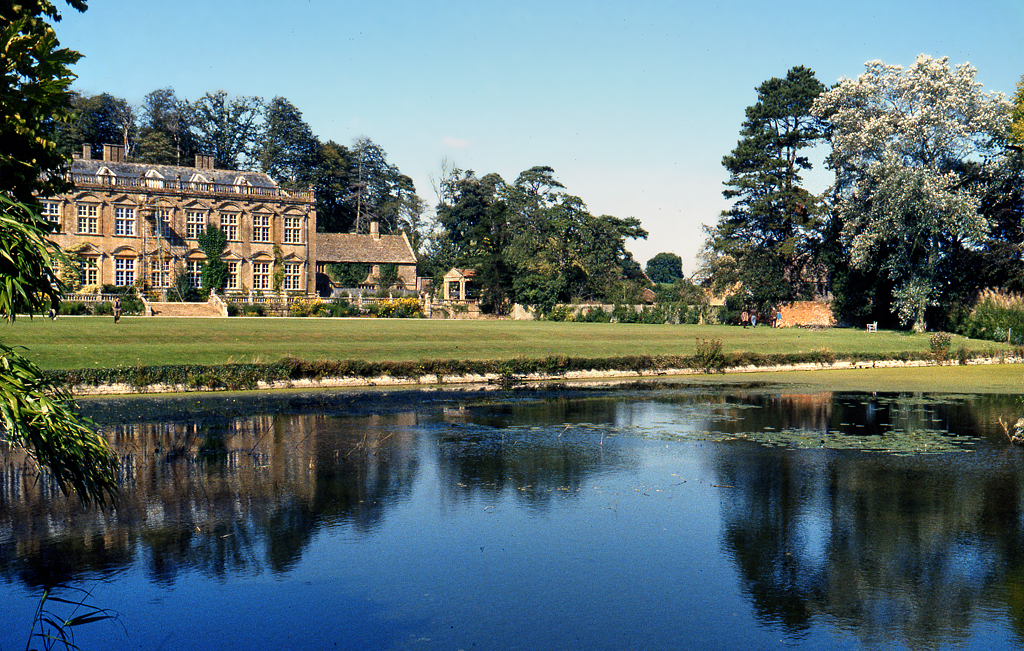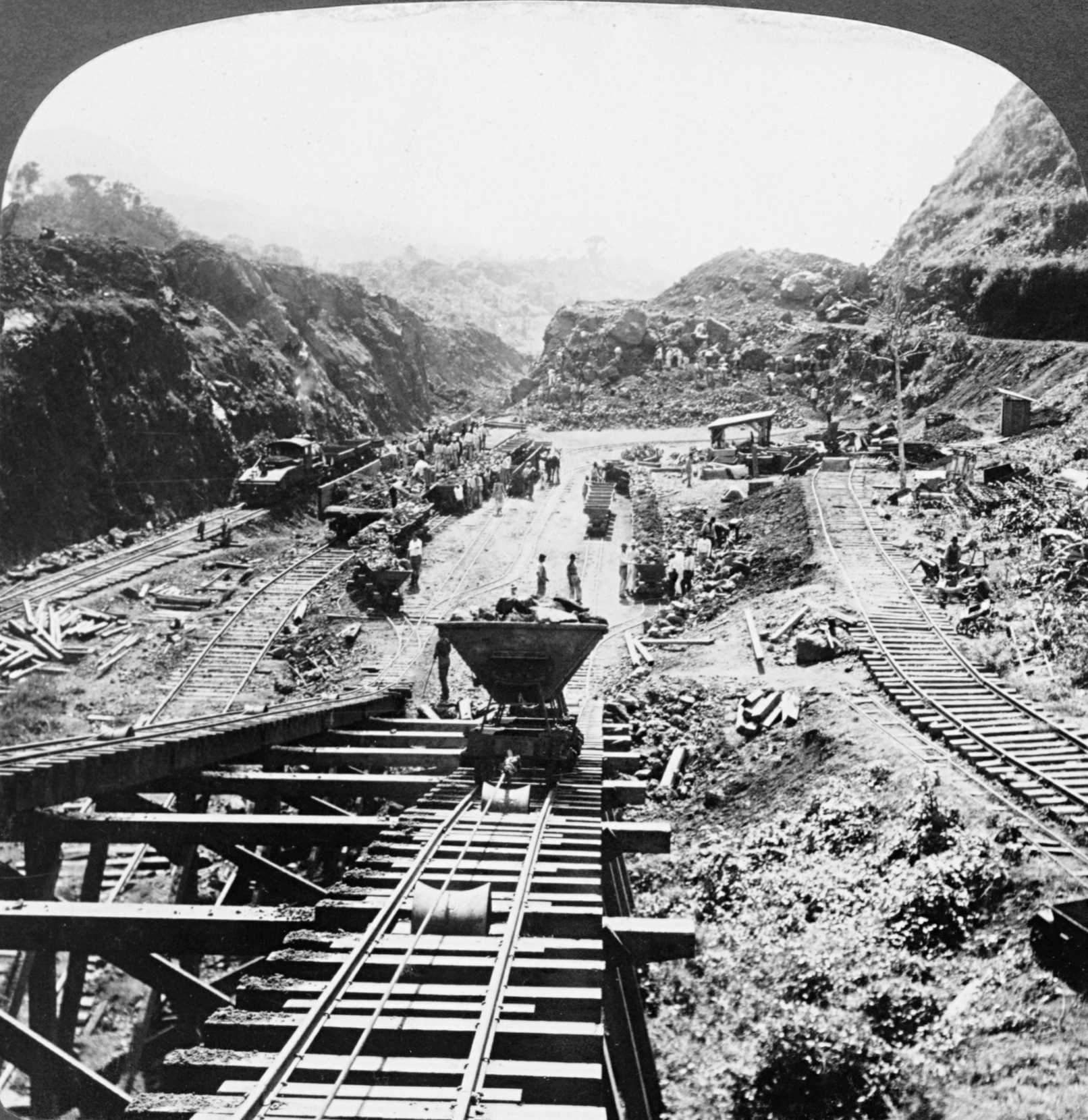My friend James almost always brings up The Remains of the Day when we talk about literature. He’s a huge fan of Kazuo Ishiguro and rather thought the book would be my cup of tea. Well, at long last I’ve read the book and I have to admit that he was right. The Remains of the Day is a fascinating and sad story about the passage of time, and what we can salvage from the end of our lives, when it might seem that so much has passed us by. At my advanced age of twenty-two, it seems perfectly suited for me.

It tells the story of the life of a butler, Mr Stevens, who works in a great English country house, Darlington Hall, and the challenges he faces when he comes to look back on his past in his twilight years. For me the book is particularly poignant because of my own experience of the topics dealt within it, as my grandmother lives in a castle that is still served by staff (though they don’t live on site). Although it was published in 1989 and the action takes place in 1956, the questions and concerns of The Remains of the Day all remain vital and interesting now, and stretch far beyond the secret world of British upper classes it takes as its setting.
The Story
Mr Stevens, the aging butler of Darlington Hall, is presented with his greatest challenge yet when his new American employer suggests he goes for a car ride to get himself out of the house. The American is returning for a few weeks to his homeland and thinks that Stevens could use the fresh air. Stevens himself is not altogether for the idea, but he manages to convince himself. He has begun to notice certain mistakes in the running of the household, which he attributes to a lack of staff employed since Lord Darlington, the original owner, left. The trip can therefore be justified as a business one, for Stevens has recently received a letter from a former housekeeper, Miss Kenton, and he decides to end his trip with a visit to her home, hoping she will rejoin the household.
Though Stevens travels around the countryside, most of The Remains of the Day comes as memories Stevens reconsiders with age. The central tension in Remains of the Day becomes the one between what Stevens is willing to admit to himself, and what out of fear, or cowardice, or pride, he does not accept. The decline and death of his own father, the rise of fascism, and Stevens’ relations with Miss Kenton and Lord Darlington are all replayed to the reader, but only by looking at what is not said can we appreciate their significance.
The Style and Form of The Remains of the Day
The first-person narration of The Remains of the Day is deceptively simple. It certainly is deceptive. Stevens has been plucked perfectly from his upper-class milieu, and like the English upper-class, he rarely says what he means. It is only thanks to the vividness of his memories, in particular through remembered dialogue, that we come to see what is really going on in the past and in the present. To take one example, when Stevens finds that his father has died, he decides to continue working at an important international conference instead of taking a break. In the narration there is no hint that Stevens is suffering. The recollection is explained by Stevens as the apotheosis of his career as a butler, his ultimate mastery of dignity. But then we reach the dialogue of his waiting, and his desired impression comes under attack.
“Stevens, are you all right?”
“Yes, sir. Perfectly.”
“You look as though you’re crying.” I laughed and taking out a handkerchief, quickly wiped my face.
“I’m very sorry, sir. The strains of a hard day.”
Without narration to interrupt and reinterpret this exchange, we are presented with a direct glimpse of Stevens’ pain. But when the chapter ends he tries once more to control our interpretation of the recollection. “For all its sad associations, whenever I recall that evening today, I find I do so with a large sense of triumph.” Language is a tool for the expression of our selves, for communication. But it can just as easily be used for creating a false picture of the world. Stevens, as if to save himself from the truth of that day, from the rejection of his father on his death bed, uses language to justify his cold-heartedness, to turn defeat into a kind of triumph. “You see, I know my father would have wishes me to carry on just now.” He says. But we aren’t so easily fooled.
Love and Deceit
The language of The Remains of the Day, instead of revealing, conceals the true nature of what has passed. Through verbiage and excessive reasoning Stevens tries to fool himself and the reader. Miss Kenton and her attempts to flirt with Stevens are concealed in the narration by Stevens’ refusal to ascribe any kind of romantic meaning to them. They appear only as words, and we need to divine their hidden depths for ourselves. Likewise, Stevens structures his trip to Miss Kenton – he initially “forgets” that she’s married and now Mrs Benn – as a business trip. But to the reader it’s clear enough that there is a romantic interest involved too.
We would be forgiven for thinking that Stevens does not realise what he is doing, that he is deceiving himself. The truth is much more sad. As the book draws to a close we find Stevens, at the end of the day, sitting by the beach. As he talks with a stranger it becomes clear that he knows that his life has been filled with mistakes, and that he’s trying desperately to find something good in all of them. The ending at least gives us a glimmer of hope, that though Stevens is old, still he might yet change, and find joy in what remains to him, and what has passed him by.

The Great Butler and the Stiff Upper Lip
We English tend not to talk about our feelings, not even among friends. Stevens, one can tell, has never confided a thing to anybody. But though he has survived, The Remains of the Day raises the question of how far our English taciturnity is cause for celebration. Stevens is preoccupied with the question of “what is a great butler”, a question he explores with almost academic rigour. A large part of it is the stiff upper lip, what Stevens terms dignity. It is the decision never to let one’s feelings either show or affect one’s work. Stevens, in his own description of himself, asks the reader to consider whether he himself might be such a butler. For anybody who has been reading, his loyalty to Lord Darlington and his dignity in the face of his father’s death, are all compelling evidence of his “greatness”.
But Stevens never asks us at what cost this greatness has been attained. The Remains of the Day doesn’t just undermine Stevens’ narrative, it also challenges the very values he holds dear. What we see, even if he doesn’t, is that being a great butler attacks Stevens’ own humanity. The coldness, the dedication to one’s craft that Stevens practices, dehumanises him. He is unable to “banter”, to engage in the world and form non-professional relationships with other people. He suffers especially harshly at the hands of his new American employer, Mr Farraday, for whom bantering is second nature.
But Stevens also doesn’t appreciate beauty either. Although he claims to live in one of the most magical places in England, he rarely shows it. Whether the portraits on the wall or silver on the table, the beauty in objects simply becomes part of Stevens’ job – he must keep things clean and shiny. It is only extremely infrequently, and often in the company of Miss Kenton, that Stevens’ narration is forced, for a moment, to acknowledge the beauty of the sun setting or the grounds of the manor house. Stevens is a great butler, but for all that he’s lost his friends, he’s failed to find love, and he cannot even appreciate the beauty that lies in front of him. Truth be told, the cost of his excellence seems far too high.
The Glory of the Past
The common note in The Remains of the Day, even before Stevens’ personal failures are explored, is melancholy and decline. It is the gentle melancholy of Chekhov, seeing the world fall apart but not wishing to intervene. In Ishiguro’s novel this decline is primarily a decline of the worldview and corresponding world of the British upper class. We see this immediately at the novel’s beginning. Stevens has remained in the employ of the owners of Darlington Hall, but the Darlingtons are nowhere to be seen. Instead, an outsider – and American – has arrived, and most of the original staff have left. Americans in The Remains of the Day represent the future. Lord Darlington, dismayed by the cruel treatment of Germany with the Treaty of Versailles, hopes to change the treaty’s contents.
To this end, Darlington eventually organises a conference with major figures from all across Europe. The goal is to pressure their respective governments to ease the reparations demanded of Germany. It is a noble goal, motivated by honour and respect for the First World War’s defeated countries. However, it is a goal from a bygone age. An American in attendance stands and gives a speech where he attacks all of the Europeans for their foolish idealism, for their useless values and amateurism. What they need to succeed is cunning and professionalism. He is booed out of the conference. But Hitler succeeds precisely because he knew how to manipulate this idealism, how to appeal to the values of the British classes when encouraging appeasement. In the end, of course, the American is proved right.
The glorious past that Stevens loves is revealed, over the course of The Remains of the Day, to be ultimately an illusion. Darlington, with his conference a failure, dabbles in fascism and dies a disgrace. Antisemitism leads to the unfair dismissal of two maids, and Stevens – ever the professional – refuses even to comfort them as he removes them from their positions. Stevens is also a terrible elitist and snob without ever, really, justifying these views. As easy as it is to begin The Remains of the Day with a sense of nostalgia, it’s equally hard not to end the book with a feeling of disappointment in the world that lies behind us. Of course, there was a lot to value in some of the old British values – but there was far more that really isn’t worth our time.
Conclusion
It was interesting as I read The Remains of the Day to see how my attitude to Stevens himself changed. At first I thought of him as something of a buffoon. But then as time went on that bemusement morphed into sadness, disappointment, and finally a kind of anger. I was angry that Stevens was so obsessed about being a great butler that he came to neglect everything else in the world. I was angry that he spends the entire book lying to himself. It’s only at the very end that there’s a brief hint that all that might change. But I was glad of it, just as I was glad for Stevens. In truth, I pitied him.

The Remains of the Day is a lovely book. Its story of decline hidden under the façade of class glory rings true with my own experience of the declining position of old elites. It is wonderfully written – it is not beautiful, but it is the perfect blend of form and content. Stevens feels incredibly real, and his self-delusion seems strikingly real too. There are many of us who go through life trying to tell ourselves that our own course is the right one. But sooner or later the time comes when we must face the truth of our error. Even if we are already in the remains of our own days upon this earth, there is still great value in taking the step towards self-knowledge. In that sense, for all its melancholy, the message of The Remains of the Day remains an uplifting one. Check it out.
For more delicate treatment of the past, consider Salvatore Satta’s tale of the coming of modernity in Sardinia, The Day of Judgement, reviewed here; and also Svetlana Alexievich’s Second-hand Time, presenting in an interview format the collapse of the Soviet Union from those who experienced it, reviewed here.




